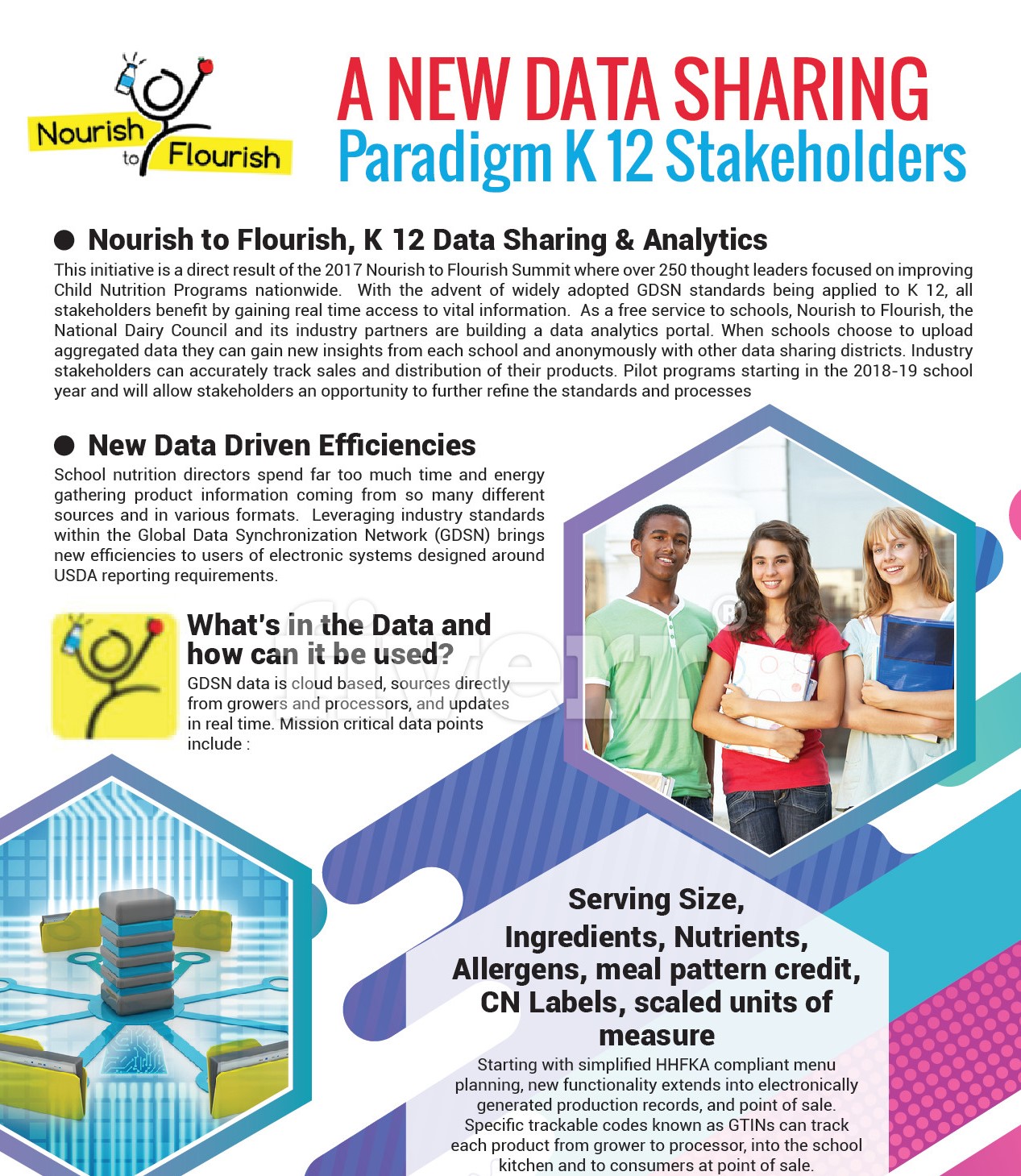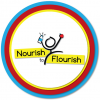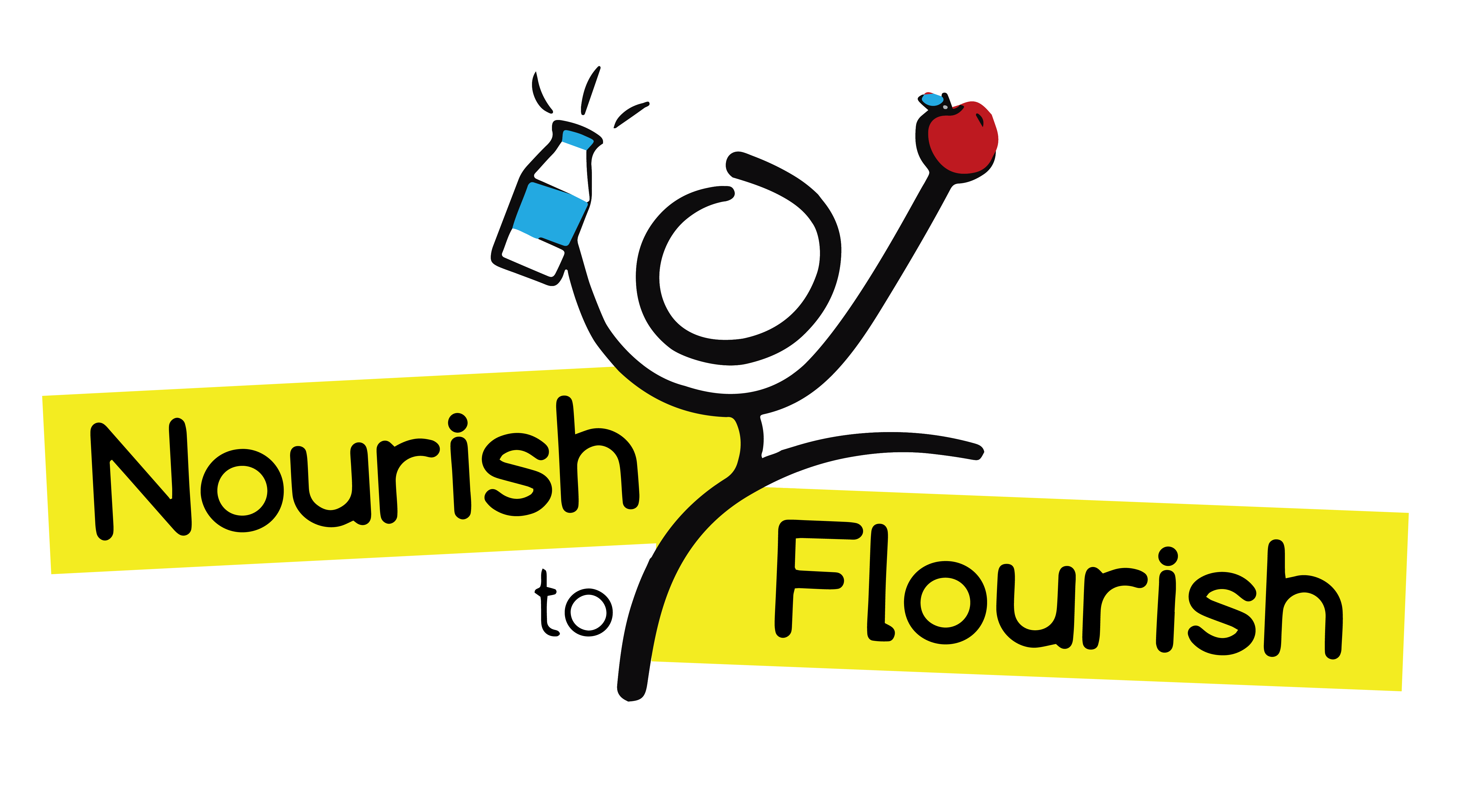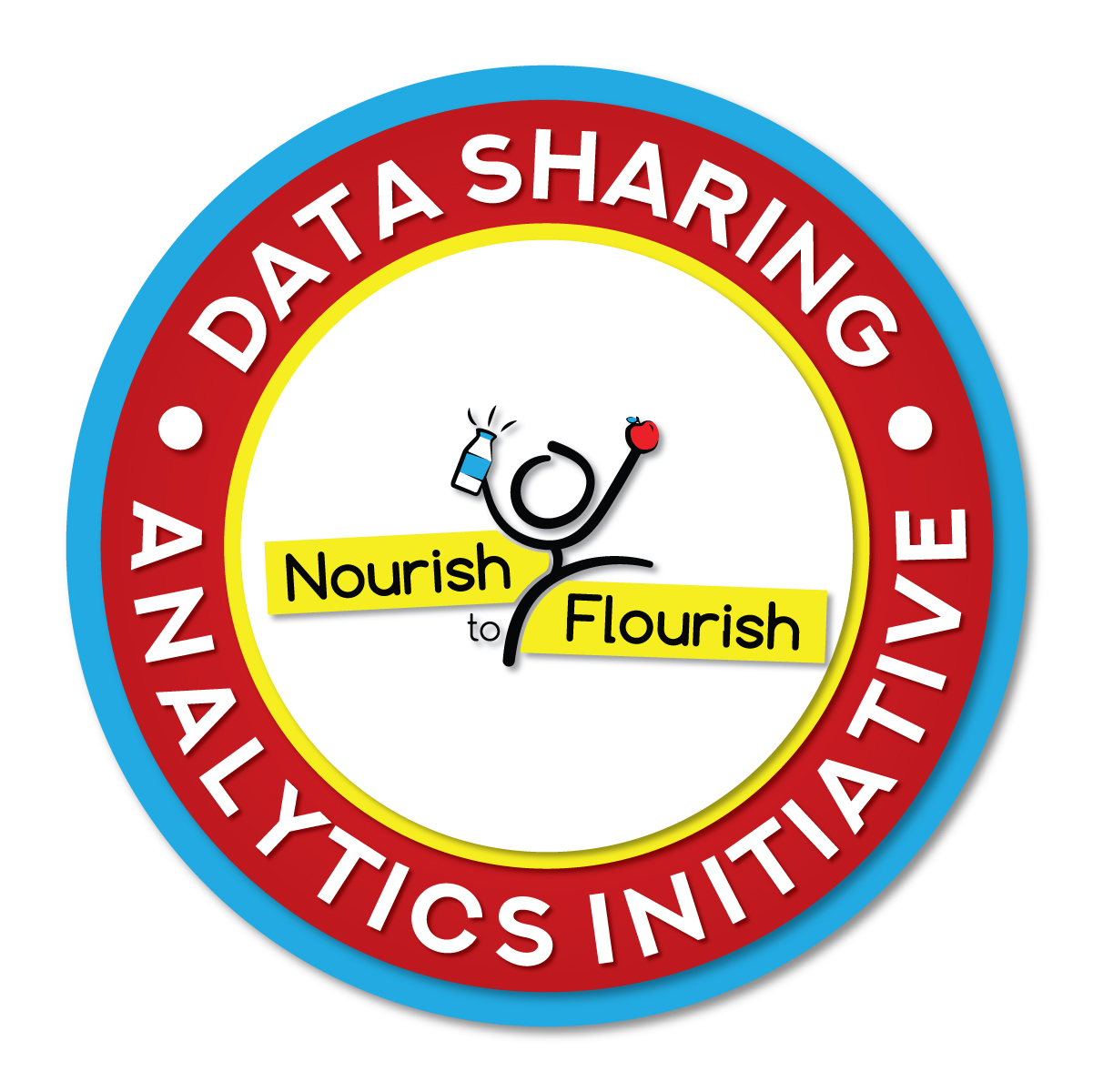Key Events & Milestones
The ongoing engagement of hundreds of K-12 stakeholders at key events representing school nutrition program operators, suppliers, distributors, state agencies, dairy, ag groups, and NGOs has led to the development of the voluntary open data standards that are the core of the new platform. The platform is currently undergoing field validation pilots in multiple schools throughout 2020. The stated end goal is to publish in Q1 2021 the open data standards that have been collaboratively developed and tested, and to make the platform available to school operators, suppliers, and other stakeholders to bring consistency and standardization to school nutrition and scale up excellence in school meals.
March 2017 – Nourish to Flourish Inaugural Summit Technology Work Group (TWG) Report Out
A varied group of stakeholders, including students, discussed technology from a customer experience perspective including designing features of a mobile app. The group concluded that some great ideas can only be realized by building a framework where stakeholders were all speaking a common data language to implement and measure impacts. A team member from US Foods suggesting exploring the use of GDSN to develop this common language in standardized form. Initial collaboration was performed using Slack prior to the launch of Nourish to Flourish to provide a permanent forum for collaboration and engagement.
July 2017 – SNA Annual National Conference
A TWG meeting including N2F leadership and a broadening group of stakeholders occurred. Among other topics, the group first discussed the development of a national standardized data warehouse to increase school lunch participation. Several additional stakeholder meetings also occurred at the conference to encourage suggestions, ideas and engagement in the initiative.
September 2017 – Child Nutrition Access and Accountability through Technology (CNAAT) Conference
Consistent with the TWG mission, the Mobile Apps in Child Nutrition presentation to state agency staff focused on the use of mobile app solutions to improve the cafeteria experience, increase participation and drive revenue. Concurrently, the USDA was also making improvement in the customer service and participation a priority through grants like “USDA Mobile Technology for Child Nutrition Innovation Laboratory.”
October 2017 – Chicago Public Schools Food Matters Initiative
This widely attended meeting sought joint development and implementation of mobile technologies to engage students, parents and the community. The broader goal included testing solutions in a series of pilots utilizing integrated data from across the supply chain. Finally, studies to evaluate the efficacy of the solutions would include measuring increases in participation and revenue. One outcome of this work group was the publication of the Nourish to Flourish Manifesto of Guiding Principles, including Technology & Innovation:
“Technology, be it a tool or a process, is based on the principle that it adds value to the task at hand. The value should be explicit, that is, stated clearly as the rationale for the choice, and be defensible. Values may be such matters as efficiencies, effectiveness, robustness, reliability, usability, and contributions to the betterment of students and student life.”
June 2018 – GS1 Connect Conference
The annual conference focused on discussions regarding the utilization of GDSN and driving supplier engagement in the development of, and participation in, the standardized collection of K12 data beginning with the menu planning process and integrated throughout the supply chain to include kitchen preparation, serving and point of sale.
July 2018 – SNA Annual National Conference
A simple one-page flyer A NEW DATA SHARING PARADIGM FOR K-12 STAKEHOLDERS (shown right) was also widely distributed at ANC. Several stakeholder meetings also took place on the sidelines of the conference resulting in an expanding set of early adopter and advisors.
July 2018— “N2F2” Summit
Following ANC, the second Nourish to Flourish Summit 2 featured progress reports and continuing project plans. The Technology and Participation Initiative presentation focused on recruiting additional suppliers, status of the prototype software development and building capacity to support pilot school districts. Key Results included:
-
- Building on existing GS1 standards for data sharing and analysis across the K 12 stakeholder community including schools, suppliers, ag groups, brokers and distributors.
- Linking Supplier product specific attributes to drive supply chain data from menu planning to procurement to distribution to kitchen to consumer.
- Developing a data warehouse and analysis tools as a sustainable business model for data sharing and analysis serving stakeholders.
November 2018—Nourish to Flourish Newsletter
Nourish to Flourish published an N2F Newsletter providing updates on the progress of active N2F work groups and featuring a summary of the Nourish to Flourish Data Sharing & Analytics Initiative. “With this initiative, item specific placement on menu plans and recipes will transform the way our schools procure, prepare and measure successful integration of meal components. Sharing sales and nutrition data and analytics will improve outcomes within the federally defined USDA guidelines.”
This update further defines the parameters of a “quiet period for development” to avoid “splinter efforts” while memorializing inTEAM’s commitment to a collaborative process that will result in publishing open data standards following field validation testing and Advisory Group input. Agreed to parameters for the pilots include inTEAM support for GDSN integrated prototype menu planning software available free to operators and suppliers during a pilot period encompassing a “wide range of demographics” representing the diversity of the national marketplace.
February 2019—N2F National Campaign Launch
The N2F Data Sharing & Analytics initiative launched an initial campaign using SNA Smart Brief on February 22, 2019. The Smart Brief included dozens of examples of brands, non-profits and advocacy groups that support the effort and encouraged stakeholders to join the initiative.
February 2019—Nourish to Flourish Web Site Launch
Nourish to Flourish work groups collaborated on the development of www.n2fdata.org, a “home” for stakeholders to learn more and become engaged in its initiatives, including Data Sharing & Analytics, Streamlining Procurement, Improving the Dining Experience and more. The site includes examples of innovation pilots and studies underway.
March 2019 – Legislative Action Conference (LAC)
Introducing the Future of School Menu Planning provided attendees new to the N2F Initiative with a first look at how data standards, technology, and collaboration could drive innovative solutions for improving their school food service programs. At the conclusion of the presentation and demonstration of the prototype software, participants were invited to become pilot schools.
June 2019 – GS1 Connect Conference
Reinventing Menu Planning Using Technology & Standardization provided an update on the status of the prototype menu planning software and a demonstration of GDSN integration and initial analytics. This presentation included results to date in achieving critical mass in bringing Suppliers on board and publishing to the database and in the identification and progress of the first pilot sites and state agencies testing GDSN integration in prototype menu planning software.
July 2019 – Nourish to Flourish: A Progress Report
This Nourish to Flourish Progress Report focuses on six volunteer work groups, each pursuing unique but complementary paths toward enhancing the school meal environment. As noted in this report, “We’ve reached critical mass with suppliers that represent 80 percent of the products in school food. Each supplier is publishing mission-critical data in real time to a single Nourish to Flourish data warehouse. Technology is going to empower schools to markedly improve their students’ meal experiences.”
October 2019 – Food Corps Reworking School Lunch Conference Report
At the June 2019 Conference, the Data Sharing & Analytics Initiative was discussed extensively and has been integrated in one of the four distinct work streams identified to guide FoodCorps’ and reWorking Lunch partners’ actions over the next year and beyond – Supply Chain Engagement: Leveraging the power of our nation’s school districts to demand healthier school food products.
December 2019 - Supplier Webinars and Survey Launch
Two public webinars for suppliers were held in December to demo the prototype software and introduce the significant need for voluntary data standards and begin the process of developing industry wide data standards. Following the webinar, a survey was disseminated to all participants to begin to build industry wide consensus. The webinars had over 50 supplier participants.
January 2020 - SNIC Conference
Multiple formal and informal engagements at SNIC furthered our goal to expand the Technology Stakeholder Advisory Group (TSAG), ensuring that all stakeholders are provided the opportunity to contribute to the development of the final data standards, scheduled to be completed in 1Q2021. The feedback we have received has helped to refine our messaging, including updates to the N2F web site.
2020 Initial Event Schedule
| Jan 10-Jan 14, 2020 | SNIC |
| March 8-March 10, 2020 | LAC |
| April 27-April 30, 2020 | ACDA |
| May 12-May 14, 2020 | CNAAT |
| June 16-18, 2020 | GS1 Connect |
| July 12-July 14, 2020 | SNA |
Data Standards: Your Feedback is Important
The Data Standards Survey will help stakeholders in the K-12 ecosystem align around a unified set of data standards and your input is critical. The survey should take no more than 7-10 minutes of your time.



